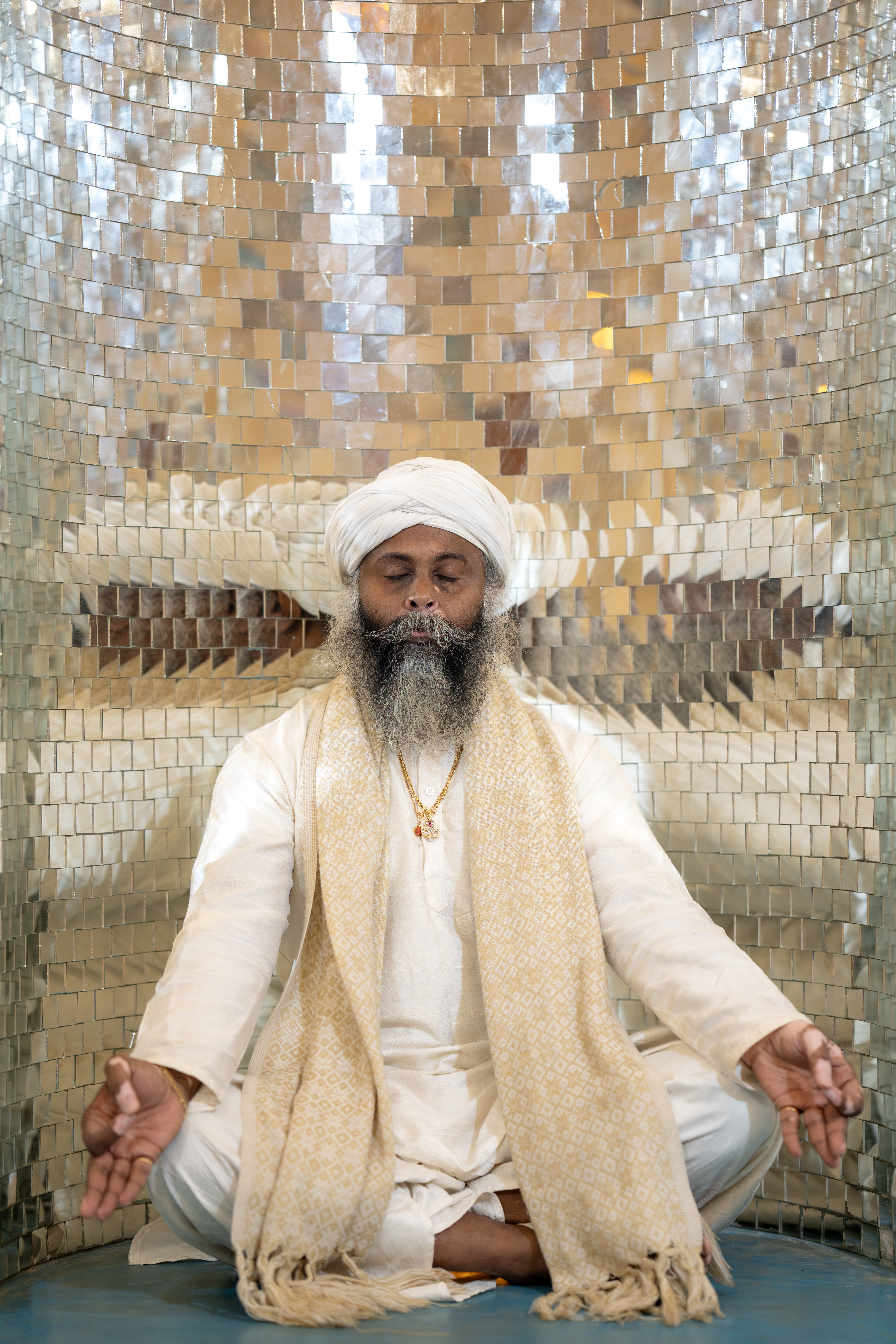Most people don’t realize that from birth, your tongue is connected to your toes through a vast, intricate network of connective tissue called fascia. This means that something as simple as your tongue posture can influence not only your jaw and breathing but also your posture, foot alignment, and overall body mechanics.
The way your tongue rests in your mouth plays a crucial role in keeping your body aligned. If it’s not positioned correctly—due to mouth breathing, tongue ties, or poor habits—it can create imbalances that ripple throughout your entire system.
Let’s explore how this tongue-to-toe connection works and why proper tongue posture is essential for breathing, posture, and overall well-being.
The Fascial Connection: How Your Tongue Links to Your Feet
Fascia is a continuous web of connective tissue that runs throughout your body, linking muscles, bones, and organs. One key fascial line runs:
👣 From the inner arch of your foot →
⬆ Up through your legs, pelvis, and spine →
⬆ To your throat, jaw, and tongue
⬆ Up through your legs, pelvis, and spine →
⬆ To your throat, jaw, and tongue
This means:
✔ A problem with your foot alignment can affect your jaw and tongue position.
✔ A weak tongue posture can lead to foot instability and poor posture.
✔ A problem with your foot alignment can affect your jaw and tongue position.
✔ A weak tongue posture can lead to foot instability and poor posture.
💡 Your tongue is not just a muscle—it is a postural guide for your entire body.
Why Tongue Posture Matters
The tongue is meant to rest on the roof of your mouth (palate), where it acts like a natural support system.
✅ When the tongue is up:
✔ It seals the oral cavity, keeping the airway open.
✔ It supports the neck and spine, keeping posture upright.
✔ It reduces strain on the muscles of the head and shoulders.
✔ It aids in proper foot balance through fascial tension.
✔ It seals the oral cavity, keeping the airway open.
✔ It supports the neck and spine, keeping posture upright.
✔ It reduces strain on the muscles of the head and shoulders.
✔ It aids in proper foot balance through fascial tension.
❌ When the tongue is down (due to mouth breathing):
🚨 The head falls forward, leading to poor posture.
🚨 The airway narrows, causing breathing issues like sleep apnea.
🚨 The neck, shoulders, and back strain to compensate for the misalignment.
🚨 The feet can become imbalanced, affecting walking and stability.
🚨 The head falls forward, leading to poor posture.
🚨 The airway narrows, causing breathing issues like sleep apnea.
🚨 The neck, shoulders, and back strain to compensate for the misalignment.
🚨 The feet can become imbalanced, affecting walking and stability.
💡 Tongue posture is not just about the mouth—it is about full-body alignment.
Mouth Breathing vs. Nasal Breathing: The Postural Impact
Mouth breathing is a silent disruptor of posture, energy, and overall health. When the tongue is not on the palate, the body struggles to maintain balance.
🔹 With Nasal Breathing (Correct Tongue Posture):
✔ The tongue rests against the palate, supporting the airway.
✔ The head stays aligned with the spine.
✔ The body uses less energy to hold itself up.
✔ The tongue rests against the palate, supporting the airway.
✔ The head stays aligned with the spine.
✔ The body uses less energy to hold itself up.
🔹 With Mouth Breathing (Poor Tongue Posture):
❌ The tongue falls down, the jaw and head shift forward.
❌ The neck and back overcompensate, causing strain.
❌ Posture collapses, leading to muscle fatigue and poor energy levels.
❌ The tongue falls down, the jaw and head shift forward.
❌ The neck and back overcompensate, causing strain.
❌ Posture collapses, leading to muscle fatigue and poor energy levels.
💡 Good posture starts with proper tongue positioning.
How to Improve Tongue Posture and Full-Body Alignment
If your tongue posture is weak, it may take some practice to retrain it. Here’s how:
✔ Rest your tongue on the roof of your mouth—the entire surface should touch the palate, not just the tip.
✔ Breathe through your nose, not your mouth—this naturally encourages correct tongue posture.
✔ Keep your lips sealed—avoid open-mouth posture.
✔ Strengthen your tongue muscles—try tongue exercises like suction holds and proper swallowing techniques.
✔ Fix your posture from the ground up—wear supportive footwear, strengthen your feet, and improve your gait.
✔ Breathe through your nose, not your mouth—this naturally encourages correct tongue posture.
✔ Keep your lips sealed—avoid open-mouth posture.
✔ Strengthen your tongue muscles—try tongue exercises like suction holds and proper swallowing techniques.
✔ Fix your posture from the ground up—wear supportive footwear, strengthen your feet, and improve your gait.
💡 Small changes in tongue posture can create powerful transformations in posture, breathing, and energy levels.
Final Thoughts: The Tongue as a Postural Anchor
Your tongue is more than just a tool for speaking and eating—it is a stabilizer for your entire body.
✨ When it is properly positioned, your breathing improves, your posture aligns, and your body moves more efficiently.
✨ When it is misaligned, the effects ripple down to your neck, spine, and even your feet.
✨ When it is misaligned, the effects ripple down to your neck, spine, and even your feet.
By training your tongue posture, you can enhance your breathing, reduce strain, and unlock better overall health—from head to toe.
💬 Have you ever noticed how your breathing affects your posture? Let’s discuss below! 👇🏼


1 Comment